NAS server: what is it, what tasks does it solve and who will benefit from it?

DAS vs NAS
Let's start with the fact that there are two radically different classes of multi-disk drives: Direct-Attached Storage and Network-Attached Storage. So, DAS is an extremely simple device, the main task of which is to combine two or more disks into an array with the possibility of further connection via USB or Ethernet. DAS does not have its own "brains", so it needs to be constantly connected to a PC.
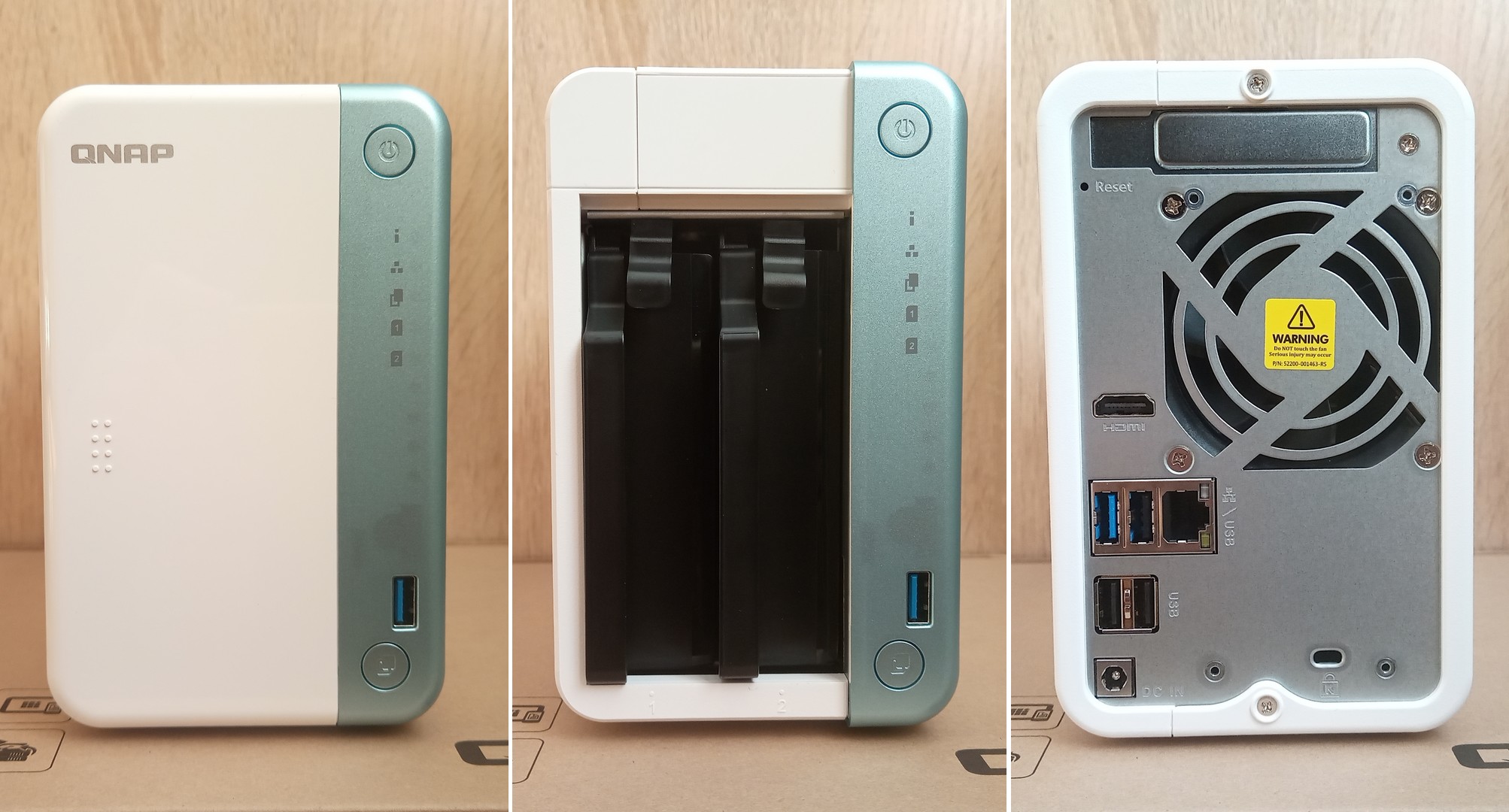 |
| Patriot Signature Premium. |
A NAS is a completely different matter - it is a self-sufficient "smart" device that can connect to the Internet or a local network directly, without an intermediary computer. The NAS has a fairly powerful ARM or even x86_64 processor and a complete operating system, most often based on Linux. We will talk in more detail about the capabilities of NAS using the model of one of the largest manufacturers of this class of devices, QNAP, as an example. We also stocked up on a couple of specialized NAS SSDs from Western Digital.

QNAP TS-251D is one of the most functional two-disk NAS servers. Built on the basis of a high-performance, by the standards of NAS, dual-core Intel Celeron J4005 processor with a frequency of 2 GHz. It can be equipped with 2 GB or 4 GB of RAM, and the presence of two SO-DIMM slots allows you to expand the amount of RAM up to 8 GB. The proprietary QTS operating system is installed on the 4 gigabytes of flash memory soldered on the motherboard.
Supports QNAP TS-251D installation of two drives: 3.5-inch HDD, if you need maximum capacity (up to 2x16 TB), or 2.5-inch SSD, if you need high speed, especially in IOPS. The function of "hot" replacement of disks is implemented without the need to turn off the NAS. There is also a PCI-E x4 slot, in which you can install two M.2 SSDs, a Wi-Fi adapter, or a 10 Gbps Ethernet card through an adapter. By default, the NAS is equipped with a 1Gbps wired network adapter.
HDMI video output, as well as Intel Quick Sync hardware video decoding technology, allow the QNAP TS-251D to be used as a media player as well. All modern video codecs are supported, including H.264 AVC, H.265 HEVC and VP9 WebM, as well as 4K@60Hz TV output. Five USB ports, three of which are fast 3.2 Gen 1 (they are just 3.0), make it possible to connect all kinds of external devices (disks, smartphones, cameras) to synchronize files. There is a dedicated quick sync button on the case.
For even greater stability, the QNAP TS-251D is cooled by a seven-centimeter fan with automatic speed control. The QTS operating system offers virtually limitless networking options: FTP, web server, BitTorrent, video surveillance and more. The icing on the cake is the QuMagie artificial intelligence algorithm, which helps organize photos by faces, objects, or places.

| Denika.ua | 2 735 ₴ | To Store |
| Redprice.sale | 2 756 ₴ | To Store |
| Timesport.com.ua | 2 762 ₴ | To Store |
| Tomdom.in.ua | 2 756 ₴ | To Store |
WD Red SA500 is a new line of solid state drives from 500 GB to 4 TB, designed for 24/7 operation. Includes both classic 2.5" and modern M.2 models, both with SATA3 bus. The main scope of these SSDs are NAS servers, that is, multi-disk network file storages. However, nothing prevents the Red SA500 from being used in both desktop PCs and laptops.
The Red SA500 is based on perhaps the best "old school" SSD controller - Marvell 88SS1074. It has two ARM architecture cores, eight channels of flash memory and supports external RAM cache chips. All this together allows him to develop the speed of reading and writing random files up to 95 thousand and 85 thousand IOPS (input-output operations per second), respectively. This parameter is especially important for those who often work with local databases (DBMS) containing a myriad of small files.
The sequential read and write speeds of the Red SA500 also did not let us down: 560 and 530 MB/s, which is the practical limit of the SATA3 bus bandwidth. All thanks to the selected chips of SanDisk BICS3 64-layer 3D TLC flash memory (we remind you that SanDisk semiconductor factories are now owned by Western Digital). A separate Nanya buffer RAM chip adds even more responsiveness to the system.
In general, the WD Red SA500 is a fast (by SATA SSD standards), reliable (300 TB overwrite resource for a 500 GB model) and, most importantly, a versatile solid state drive. It is equally well suited for NAS storage, work or gaming desktops, and most laptops. Western Digital also has Red NAS-oriented hard drives.
Operating system
All functions of the QTS OS can be divided into several categories: information storage, synchronization and backup, multimedia, and, finally, web services. Let's consider each category separately.
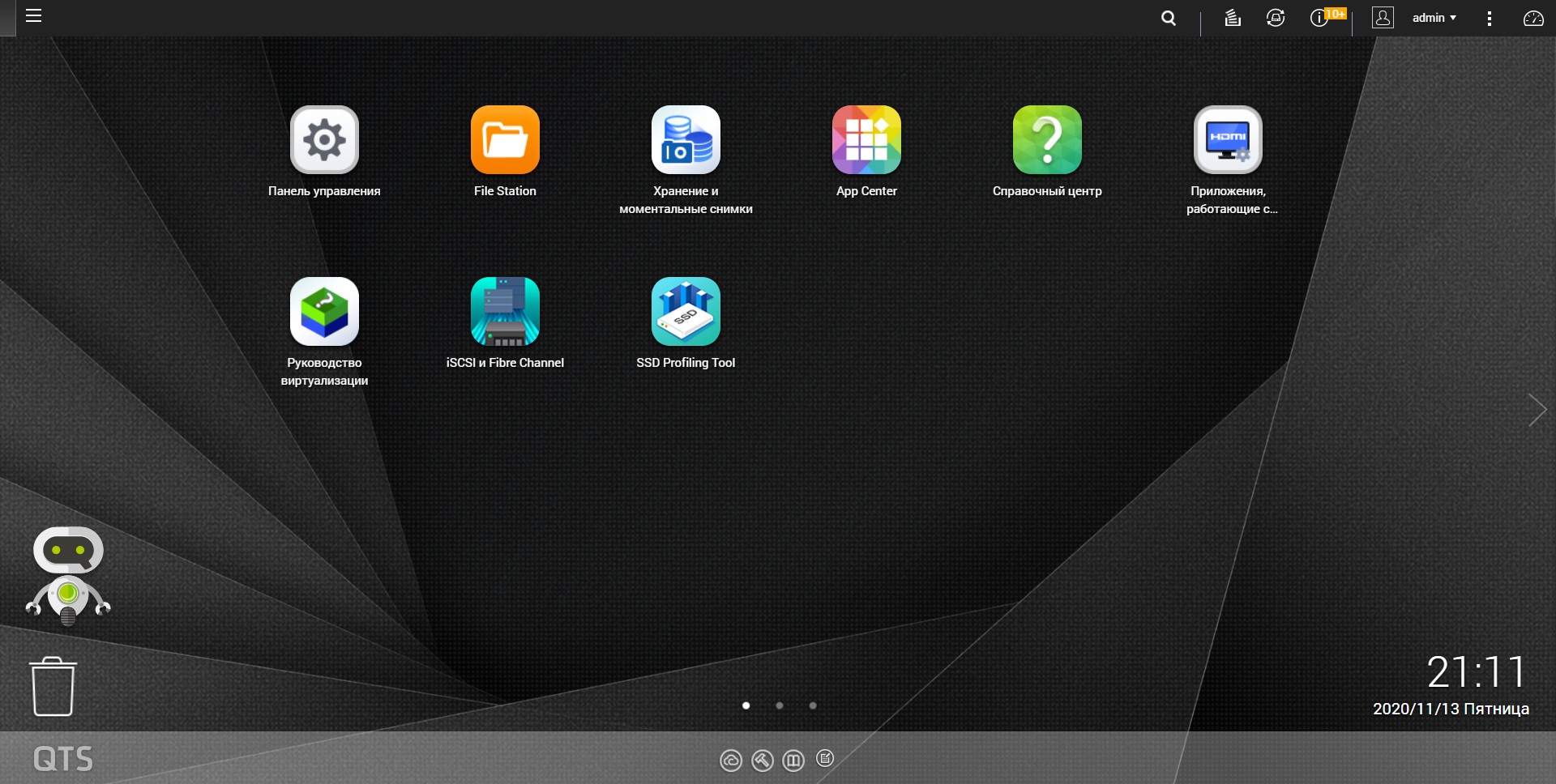 |
| Patriot Signature Premium. |
Data storage. Internal drives can be used as separate disk partitions or combined into an array. There are several modes to choose from:
- "mirror" RAID 1 - information on two disks is completely duplicated, and in case of failure of one of the disks, it can be hot-swapped without data loss. It is recommended to use specialized NAS drives (like the aforementioned WD Red SA500), which report their “health status” in real time and warn in advance of the need for replacement.
- "accelerated" RAID 0 - parts of the data are alternately written to the first, then to the second disk, thereby practically doubling the throughput. But after the failure of one of the disks, it will not be possible to restore information on the second one. A compromise solution is RAID 10, that is, both a "mirror" and "accelerated" array. This requires a NAS server with four drive slots.
- "extended" JBOD - creating a single disk partition from several drives, but information is written to them sequentially, as each one is full. In this case, the failure of one of the drives will lead to the loss of information only on it, while the data will be saved on the rest. It is also possible to create a Virtual JBOD array from several remote NAS servers, or from USB-connected external drives. In addition to the internal Linux Ext4 file system, Windows FAT32, NTFS, and Apple HFS+ are also supported.
 |
| Patriot Signature Premium. |
Synchronization and redundancy. The proprietary Qsync app, which is available on all popular desktop and mobile platforms (Windows, Linux, macOS, Android and iOS), allows you to automatically synchronize files with the NAS in two-way. And the QuDedup algorithm compares old and new versions of files and copies only those that have changed, thereby not clogging up the storage with duplicates.
Backup is implemented in the form of "snapshots" of the file system, that is, file system restore points, to which, if desired, you can roll back if something went wrong. This is especially true for teamwork on a working project, when a mistake by one of the employees can lead to the need to roll back the entire project. The NAS can also act as a storage server for multi-camera video surveillance systems.
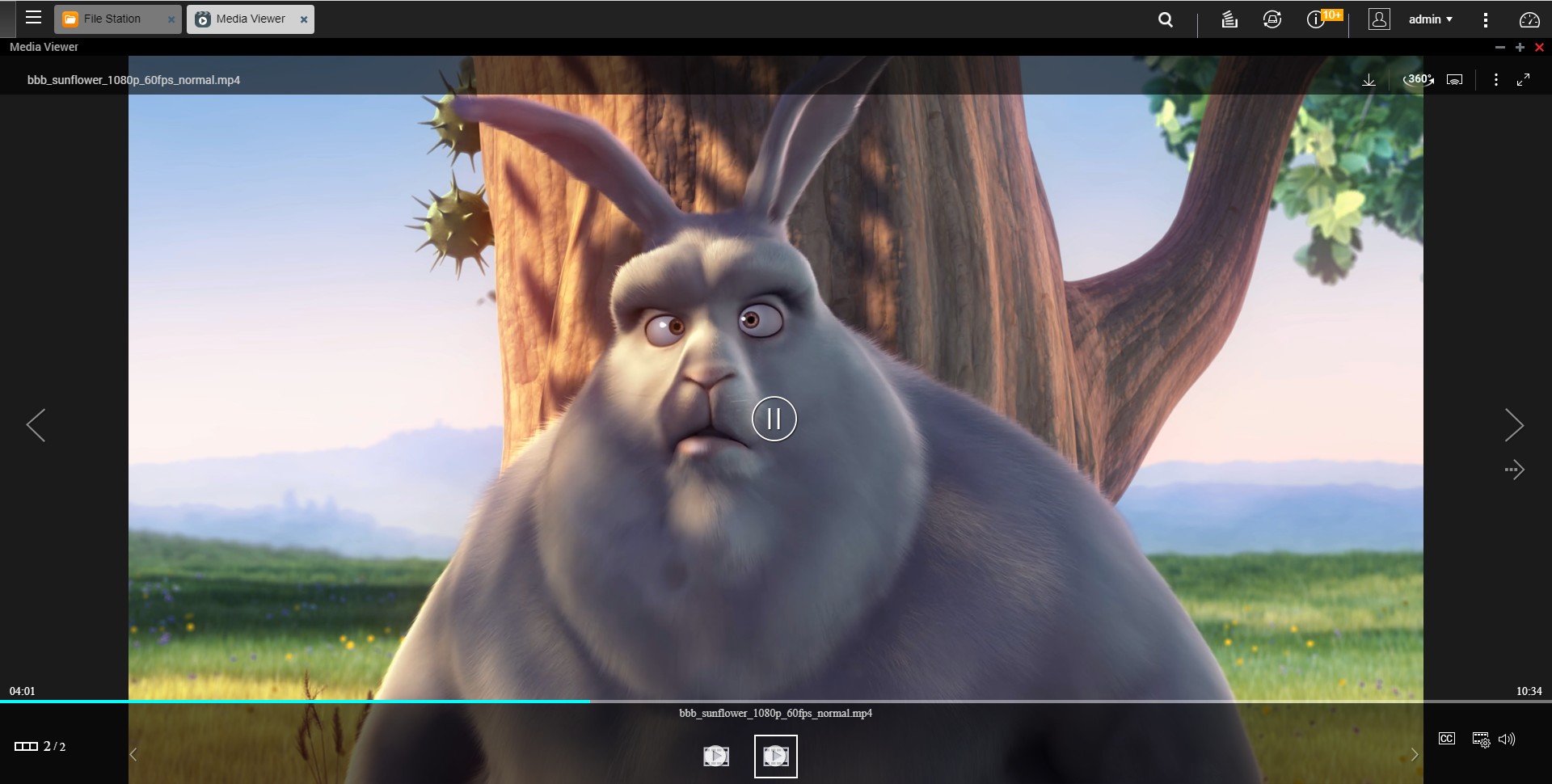 |
| Patriot Signature Premium. |
Multimedia. This item includes the storage, playback and management of photos, music and videos. So, photos can be viewed, sorted manually or automatically (using the aforementioned QuMagie AI technology). It is also possible to assign each user access only to their personal photo folder.
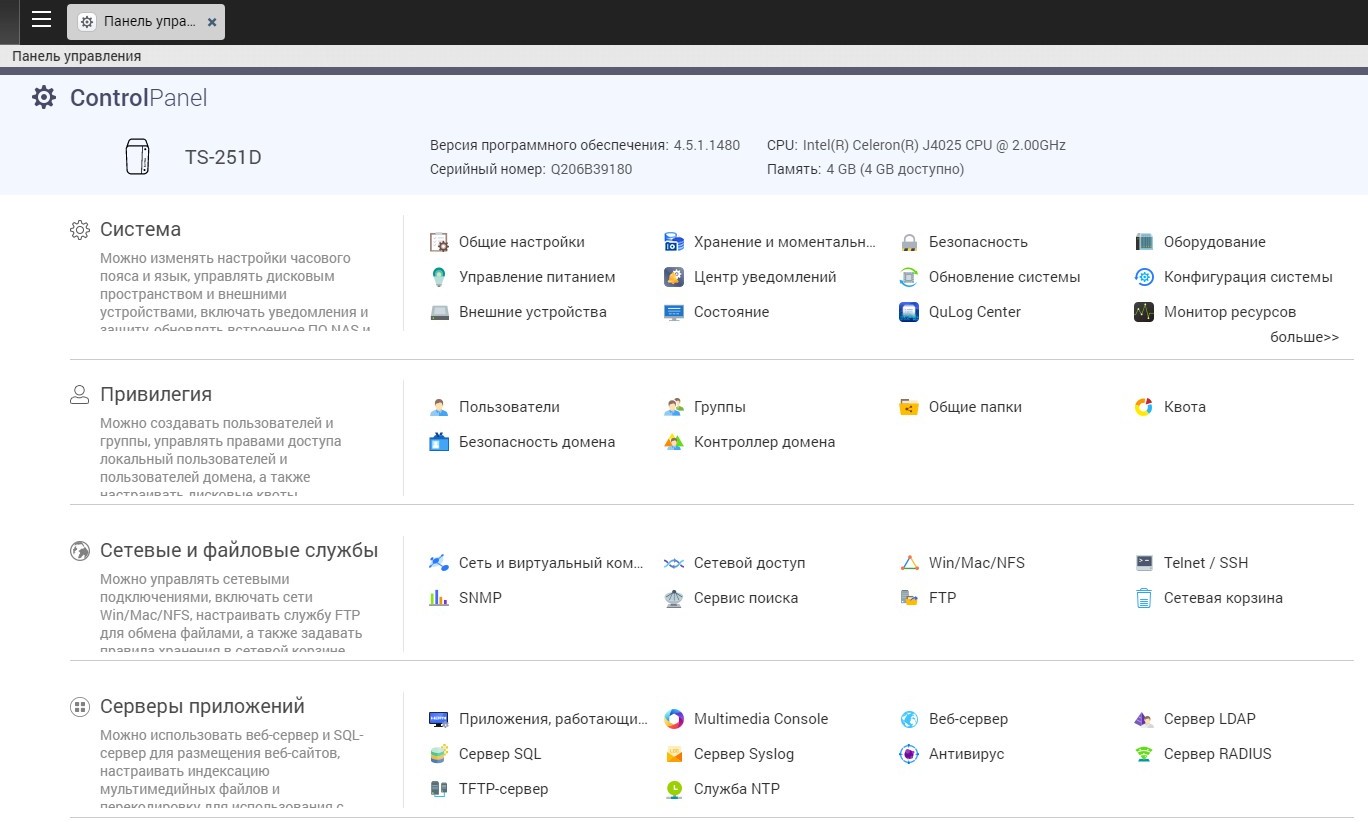 |
| Patriot Signature Premium. |
Music and video can be viewed both directly on the NAS web interface (via a web browser or Qfile mobile app), and from a smart TV, media player, game console, and any other device that supports DLNA, AirPlay, Chromecast, and the like. Moreover, the NAS processor is able to "on the fly" convert video to the format, resolution and bitrate that is best suited for your TV. You can also listen to Internet radio stations.
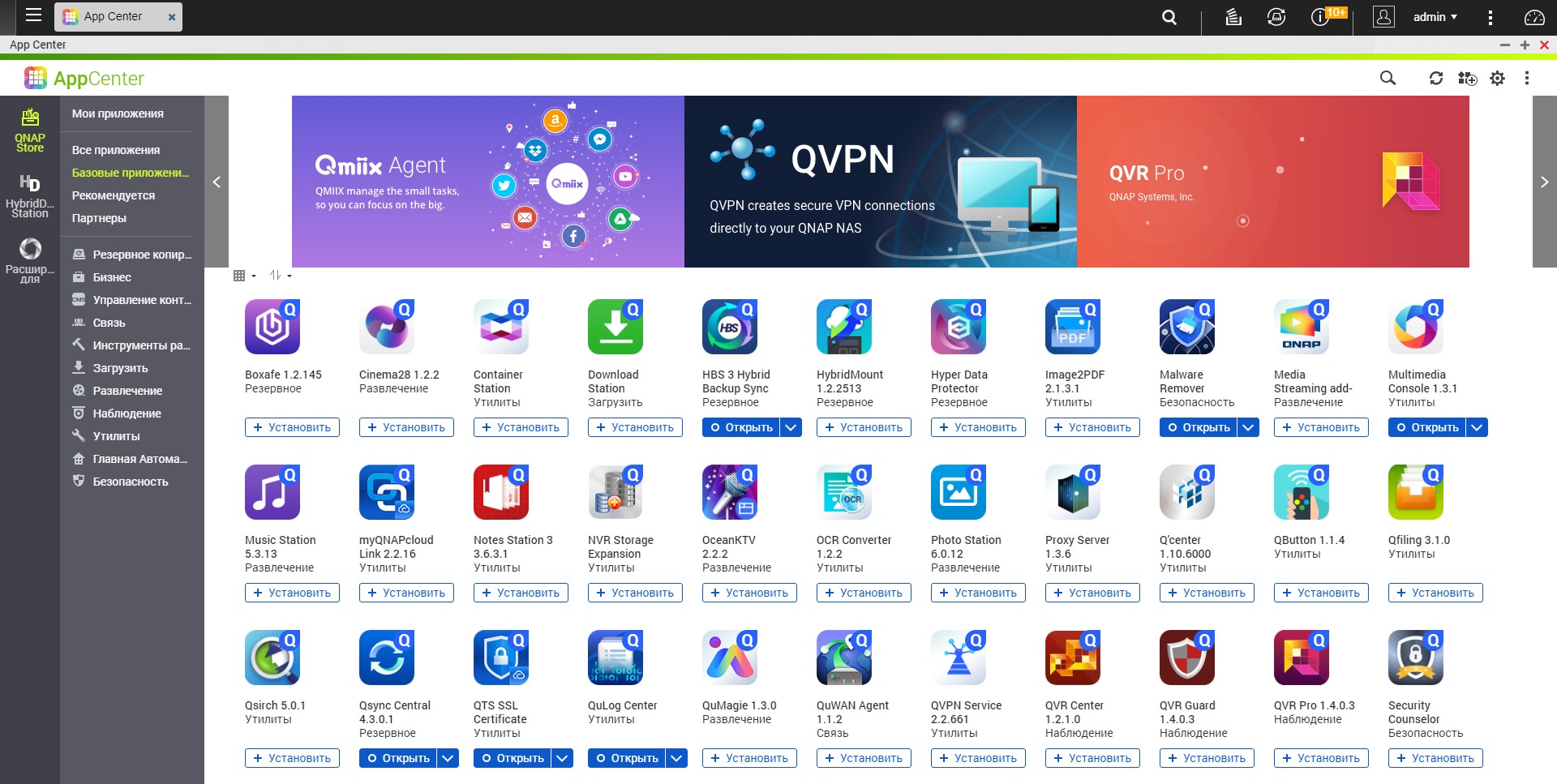 |
| Patriot Signature Premium. |
Web services. Built-in application store and plug-ins for OS QTS allows you to further expand the functionality of the NAS. For example, by default, it is possible to start a web server to run a site on it. And from the store, you can download the WordPress CMS system to create, for example, a company news blog, making it readable only by employees, or also by customers. Programmers will certainly appreciate the support for Docker containerization technology, which is widely used for testing web applications. You can also run a local VPN or FTP server, download files over the BitTorrent network and immediately scan them for viruses, and much more.
 |
| Patriot Signature Premium. |
conclusions
So who, in the end, can benefit from a NAS server? Firstly, these are the creators of multimedia content - photographers and video editors. And it doesn't matter who you are - an amateur who photographs friends and nature for fun, or a professional video blogger who makes money on YouTube. Both of them need to conveniently and safely store large volumes of files, to have remote access to them anytime and anywhere.
Secondly, these are programmers who work collectively on projects that need the ability to clearly delimit access rights, make backups and rollback points. And in the case of developing web applications, they can also be tested directly on the NAS. Moreover, the Linux OS is much better suited for this than Windows. Thirdly, these are small enterprises that conduct active electronic document management between employees and business partners, and also use a video surveillance system.






































